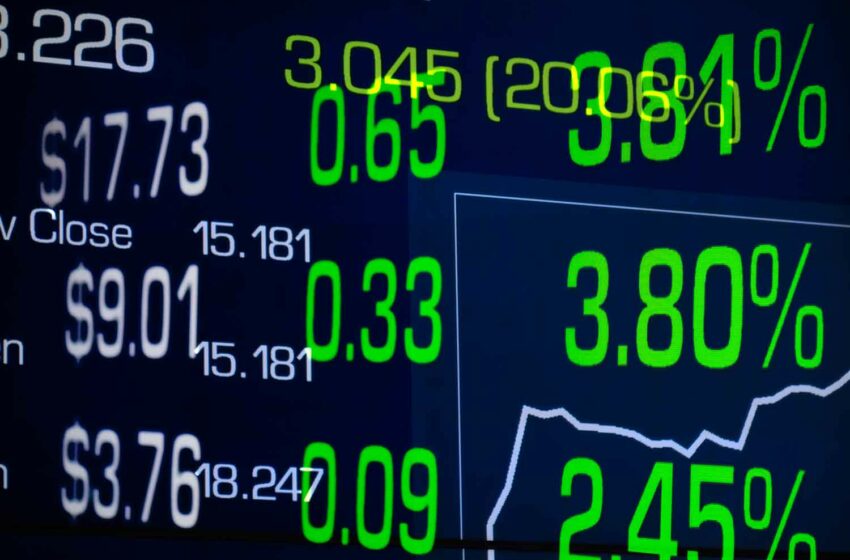
Tobacco-related content on social media increased significantly in recent years, according to a new study led by Julia Vassey, a health behavior researcher in the Department of Population and Public Health Sciences at the Keck School of Medicine of the University of Southern California, and Harvard Medical School researcher Chris J. Kennedy.
The researchers used a form of artificial intelligence known as computer vision to track the prevalence of various tobacco-related objects on social media, finding that some content increased as much as 100 percent between 2019 and 2022.
While previous computer vision studies that analyzed e-cigarettes in social media posts looked broadly at e-cigarette-related content (including user-generated and promotional content), the present study is the first to focus specifically on influencer posts on TikTok, Vassey explained in a press note.
Vassey and her colleagues started by building a computer vision model, which uses AI to identify specific features in visual data, such as photos or videos. Using a dataset of 6,999 images from Instagram, they trained the algorithm to recognize objects related to e-cigarette use.
The model was trained to differentiate between objects in eight different categories: mod or pod devices, e-juice containers, packaging boxes, nicotine warning labels, e-juice flavors, e-cigarette brand names and smoke clouds. By training the model to distinguish between various types of tobacco content, the researchers are able to drill down into the specific types of e-cigarette products being promoted.
Once the model was trained to recognize tobacco-related objects, Vassey and her team used it to analyze 14,072 TikTok videos posted from “micro-influencers.” These users have between 1,000 and 100,000 followers and get a high number of likes and comments on their posts.
The researchers found that the prevalence of pod devices increased by 33 percent between 2021 and 2022 while the prevalence of e-juice flavor names and e-cigarette brand names increased by about 100 percent between 2019 and 2022. Nicotine warning labels also increased in prevalence over time, showing up in 3 percent of TikTok videos analyzed from 2019 and 9 percent of videos analyzed from 2022.











